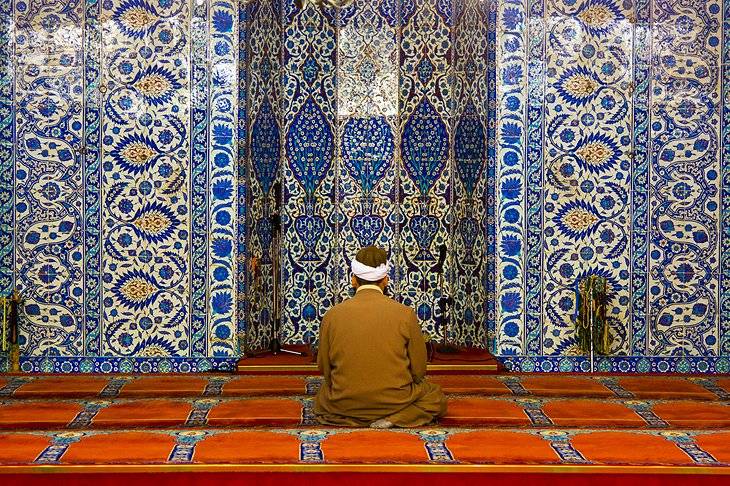Istanbul has been at the hub of major political events for more than 2,000 years, working as the capital of the Eastern Roman Empire and the Ottoman Empire. The historical island, surrounded by the Bosphorus, is home to several spectacular structures that bring honour to the city. Almost every visit begins with a stroll around the old area, designated as a Unesco World Heritage Site for its unique architectural masterpieces. Here are the historical places you can’t afford to miss in the Fatih neighbourhood and beyond. So, if your heart beats go down, apply for a turkey visa online.
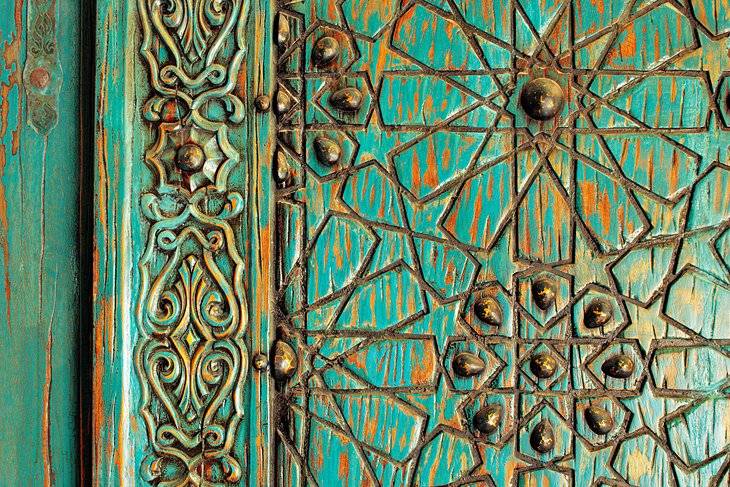
Sultan Ahmet Mosque
Sultan Ahmet, I built this most spectacular and endlessly photographed of mosques between 1609 and 1616 to assert Ottoman power. It includes a waterfall of layered domes and is cornered by six minarets adorning the skyline. The Blue Mosque’s exterior courtyard, the largest of all Ottoman mosques, perfectly matches the size of the Blue-Iznik-tiles-covered interiors, which number in the tens of thousands. Despite its popularity, entry to the mosque is closely regulated because it is still used for religious purposes.
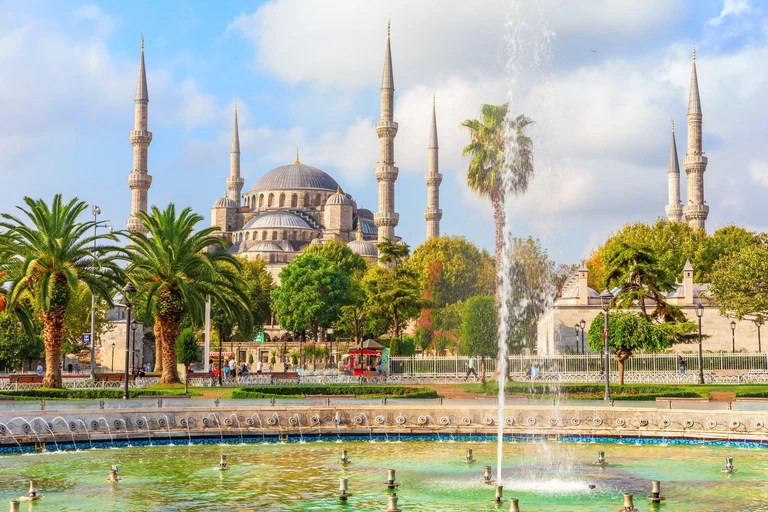
Rumelihisarı
Rumeli Hisar, popularly known as Rumeli Castle, is a stronghold with high walls, turrets, and lush environs covering around 6.5ha (16 acres). It was built over four months in 1452 on the European side of Istanbul, at the narrowest section of the Bosphorus Strait, by Ottoman Sultan Mehmet II in preparation for the last attack on Constantinople and the eventual downfall of the Byzantine Empire. After devastating earthquakes struck the city, much of the interior structures were severely damaged. Today, the facility serves as an open-air museum and regularly hosts concerts and events in its theatre.
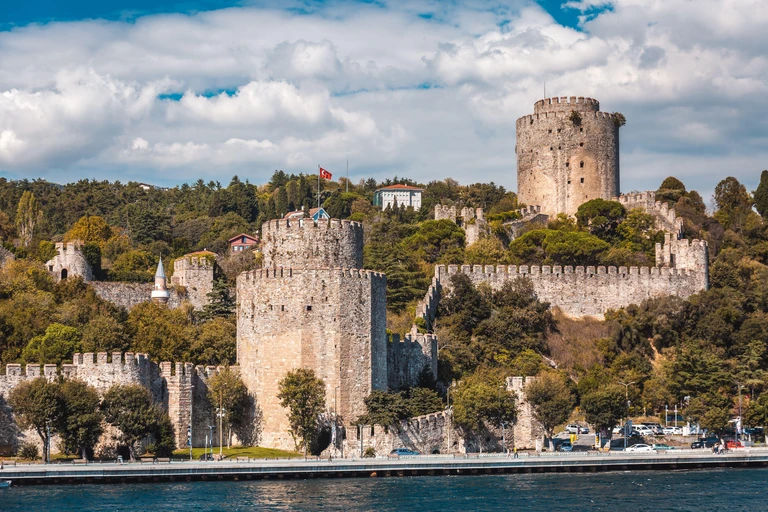
Topkapi Palace
The Topkapi Palace, built around four central courtyards and several smaller structures, was the primary house of the Ottoman sultans for about 400 years (1465–1856) and held various essential ceremonies. No other part of Istanbul attracts as many people as this neighbourhood, which features excellent architecture, collections of calligraphic manuscripts, robes, ceramics, and some of the Muslim world’s most important holy relics.
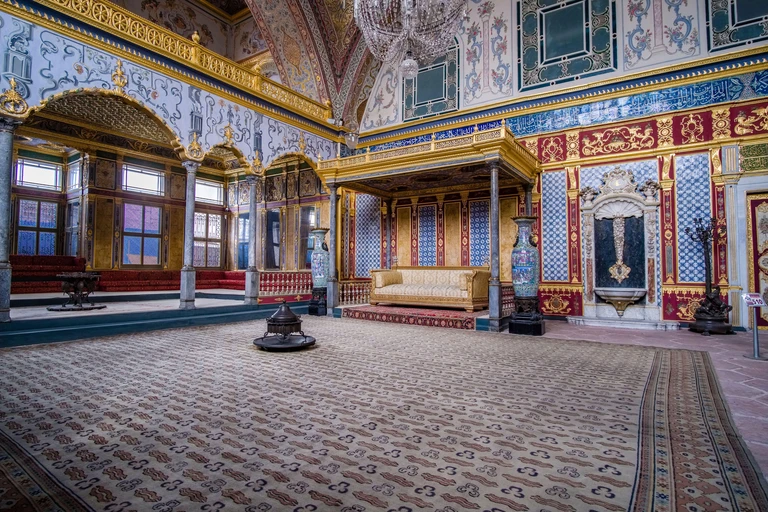
Hagia Sophia
The Hagia Sophia has a large dome widely regarded as the pinnacle of Byzantine architectural achievement. It worked as a Greek Orthodox cathedral and the seat of the Patriarch of Constantinople until 1453, after being built by Emperor Justinian I in 537 CE. It turned into a mosque for the next 500 years until being renovated into a museum in 1935 under the guidance of Kemal Ataturk, the first President of the Republic. It is now Turkey’s second most visited museum, behind Topkapi Palace. It draws over 3 million people each year to the spectacular interior rooms adorned with golden mosaics, unveiled following several restorations and interested in a tour? You can apply for a turkey e visa online with us on this epic journey.
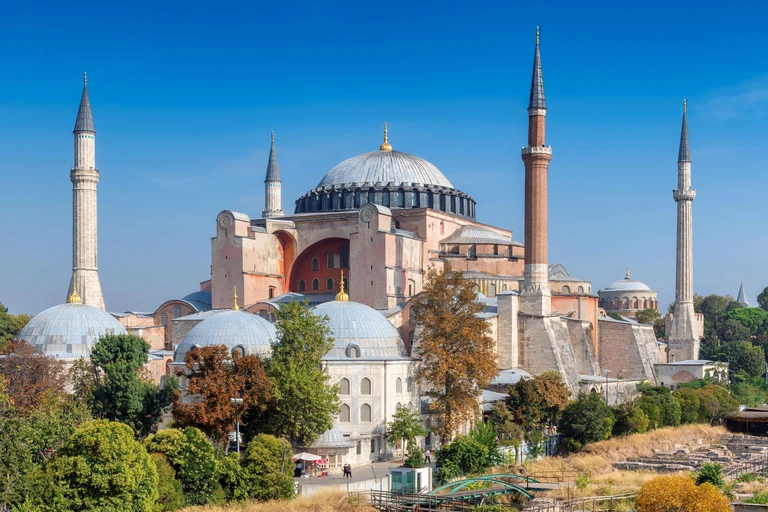
Basilica Cistern
This underground wonder, 150 metres (492 feet) west of the Hagia Sophia, is another antique commissioned during Emperor Justinian’s rule. It is the biggest of hundreds of cisterns under the city of Istanbul and continued to give water to Topkapi Palace even after the Ottoman conquest of 1453. It was created in the 6th century to offer filtration to the now-destroyed Great Palace of Constantinople. The Basilica Cistern is supported by a forest of towering columns ornamented with predominantly Ionic and Corinthian capitals and spans over 10 square kilometres (3.9 square miles). It’s a great spot to escape the summer heat because it’s moderately humid and dimly lighted.
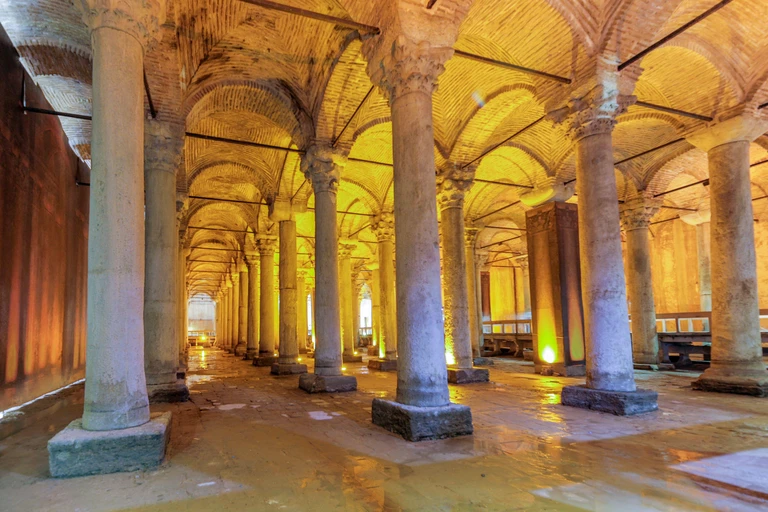
Taksim Square
Although the Turkish presidential palace, national assembly, and cabinet buildings are all in Ankara, Istanbul, the country’s largest metropolis, is not immune to political activity. Taksim Square has been a central focus of this activity, hosting numerous demonstrations during Turkey’s independence.
The square recently became associated with the 2013 “Gezi Park protests.” These protests began as a protest against the demolition and redevelopment of Gezi Park, located next to the plaza. Still, they quickly grew into demonstrations against the government for several causes, including grievances from people of all political stripes.
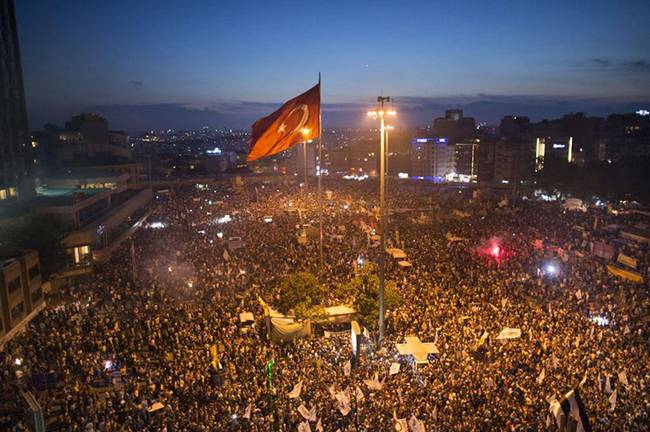
Chora Church
The Church of the Holy Protector in Chora is a historic Byzantine church that might be considered the Hagia Sophia’s younger sister in more ways than one. It converted into an Ottoman mosque in the 16th century and then secularised as a museum, similar to the Hagia Sophia. Despite its smaller size, it is no less lovely. The interiors are adorned with exquisite mediaeval mosaics and frescoes dating back to 1312 and are located in the Erdinekapi area, just outside of the historic city walls.
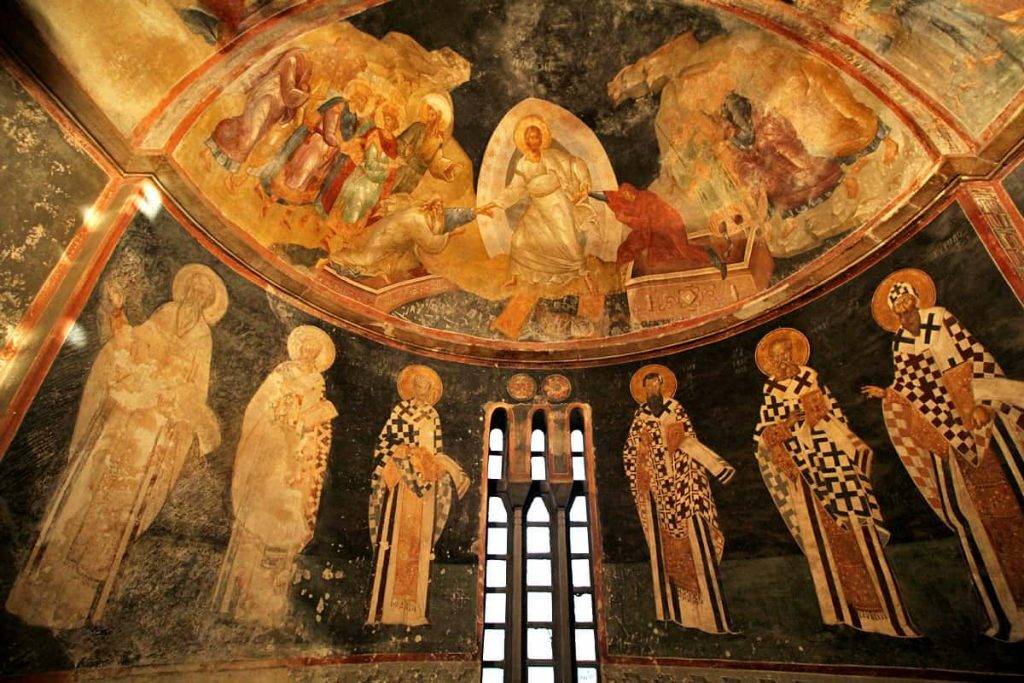
Galata Tower
The cone-covered, cylindrical Galata Tower – or, as it was known at the time, the Christea Turris – towers high above the Karakoy quarter, built as part of the Genoese colony’s expansion in 1348. It was Istanbul’s tallest building for centuries, and it still dominates a big part of the city’s skyline. A 360-degree scenic view of the historic peninsula rewards standing in long lines and climbing an often-clogged elevator.
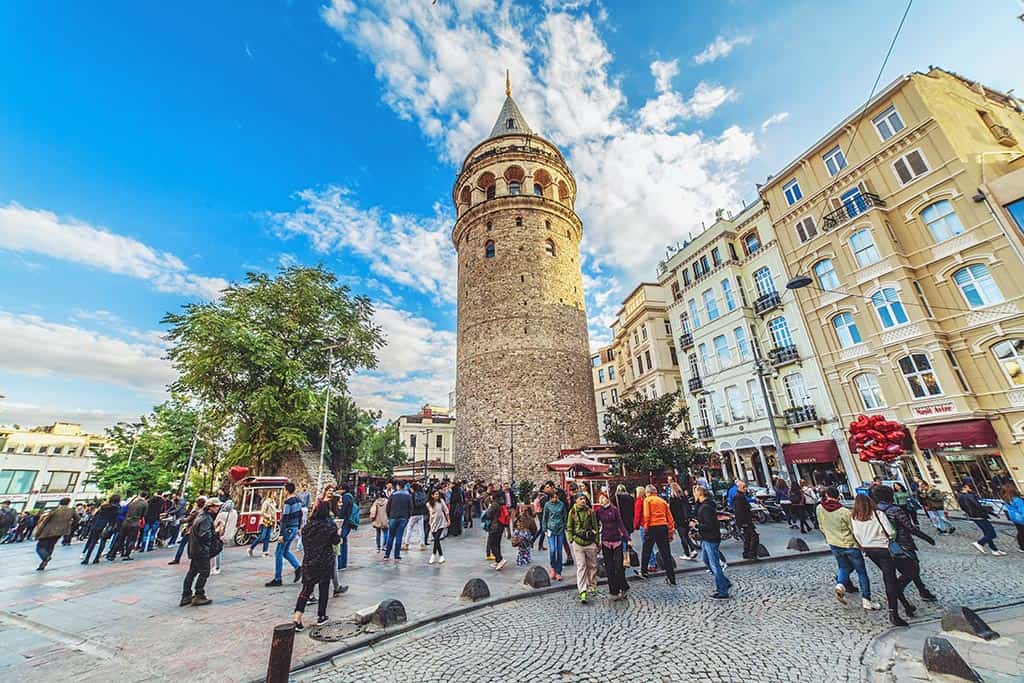
Grand Bazaar
The Grand Bazaar, one of the world’s oldest and largest covered markets, is a must-see for anyone who likes bargaining. The bazaar was built in the mid-15th century, just after the Ottomans conquered the city, and it now has over 4,000 businesses.
The description of Istanbul as the “bridge between East and West” has become cliched. In this case, though, the cliché is correct. This Turkish city is a melting pot of many cultures and a location full of contradictions, having been ruled by a succession of rulers and spanning Asia and Europe.
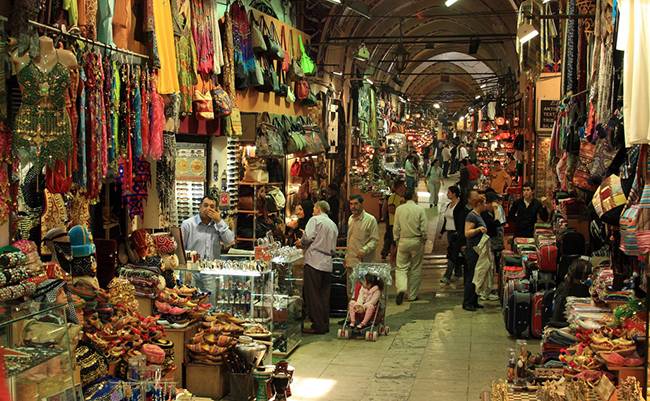
Istanbul, home to a heady mix of remarkable history, nightlife, religion, food, culture, and – despite not being the country’s capital – politics, offers something to wonder at every turn for travellers of all influences. It is, however, definitely a location that any history fan should visit. So, go to turkeyvisaonline.com and apply for a turkey e visa.
When it comes to picking which historical places to see in Istanbul, one of the world’s largest cities, it might be not easy to know where to begin.
